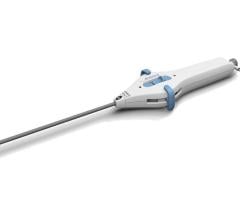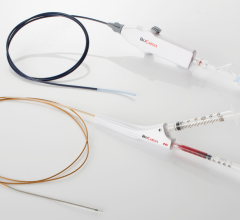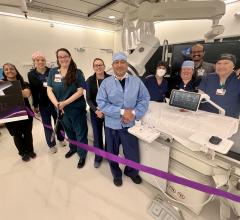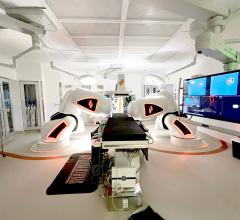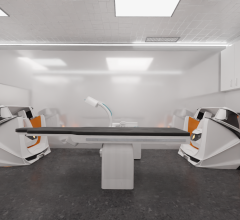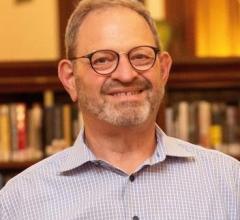
Image courtesy of The Ohio State University
April 4, 2018 — The Ohio State University Wexner Medical Center will establish the nation’s first center dedicated to treating those with heart failure and arrhythmia with gifts totaling $18 million from Bob and Corrine Frick.
Approved by the Wexner Medical Center Board and pending approval by The Ohio State University Board of Trustees, their donation will establish the Bob and Corrine Frick Center for Heart Failure and Arrhythmia at the Ohio State Richard M. Ross Heart Hospital.
“This is a truly transformational gift. It allows us to leverage the strengths of our electrophysiology and heart failure programs in a unique way to better serve people with these often overlapping conditions,” said William Abraham, M.D., director of the Division of Cardiovascular Medicine.
Heart disease has shadowed the Frick family for generations: Both of Bob’s parents, three uncles, one aunt, two brothers, Bob and his daughter have all faced it. At age 40, Bob suffered a heart attack. Then 11 years later he had triple bypass surgery, the same year his brother, Bernie, died from arrhythmia and heart failure. Since then, Bob has had several ablations for two types of irregular heart rhythms and he now has an implanted defibrillator.
“I wouldn’t be here without the expert care from my cardiology team at the Ross. They saved me, so Corrine and I are honored to put our money into innovative treatments and medical research at Ohio State so they can save countless others,” he said. “Maybe someday they can find a cure, and in the meantime we can support them as they find new ways to help patients live well. That’s a pretty special feeling.”
The Fricks’ gift will provide sustaining support for leadership of the center and for life-changing research and education about the connection between heart failure and arrhythmia.
More than 6 million Americans live with heart failure and millions more have several types of irregular heart rhythms. Often, patients who have heart failure may also develop arrhythmia and vice versa. Treatment can be complex because it is not always clear which condition came first and what caused both conditions to develop.
Traditionally, care for patients with these two common heart disorders has not been coordinated, which meant patients spent more time seeing doctors and waiting for tests, decisions and procedures.
Abraham said that is the motivation behind the Frick Center – one integrated experience where a patient can easily see their heart failure and arrhythmia teams in one location, treatment decisions are coordinated and streamlined, and research and learning about the two diseases is connected with patient care.
“Through continued generosity and support from the Fricks, we believe this center can help us prevent the development of secondary arrhythmia or heart failure in some patients through optimized treatment and prevention strategies,” said Ralph Augostini, M.D., the Bob and Corrine Frick Chair in Cardiac Electrophysiology.
In addition to the new center, the Fricks have funded an electrophysiology hybrid operating suite at the Ross Heart Hospital. It is the first of its kind designed specifically for electrophysiology procedures. It converts to an operating suite should complications arise during complex procedures.
The Fricks’ gift will also fund a chair in heart failure, three new research chairs, a professorship and a fellowship, all in the specialty of heart failure and arrhythmia. This will create an environment for developing novel treatments and educating future physician researchers.
The Frick Center for Heart Failure and Arrhythmia will begin seeing patients later this year.
For more information: www.wexnermedical.osu.edu
Related Content
VIDEO: Technologies to Reduce Heart Failure Readmissions
Reducing Heart Failure Readmissions
VIDEO: Therapies for Advanced Heart Failure


 April 21, 2025
April 21, 2025 
